parker solar probe news
Latest from parker solar probe
NASA spacecraft Parker Solar Probe ‘safe’ after closest-ever approach to the Sun
On December 24, Parker Solar Probe came within just 3.8 million miles (6.1 million km) of the Sun’s surface, entering the corona, its outer atmosphere.

Updated on Dec 27, 2024 10:22 PM IST
NASA's Parker Solar Probe attempts historic closest-ever approach to Sun
Travelling at speeds of up to 430,000 mph and withstanding temperatures of up to 982°C, the Parker Solar Probe is on a mission to "touch" the Sun.

Updated on Dec 25, 2024 01:40 AM IST
NASA's Parker Solar probe to make historic closest approach to the Sun
Parker planned to get more than seven times closer to the sun than previous spacecraft, hitting 430,000 mph (690,000 kph) at closest approach

Published on Dec 22, 2024 10:46 PM IST
AP |
India to launch Aditya-L1 on Sept 2: Other missions in race to explore Sun
India is set to launch Aditya L1 sun mission on September 2. Many solar mission programs have been launched in the past.

Published on Aug 29, 2023 06:50 AM IST
PTI | | Posted by Nisha Anand
This NASA spacecraft has become the closest ever to Sun
“It’s been just 78 days since Parker Solar Probe launched, and we’ve now come closer to our star than any other spacecraft in history,” said Project Manager Andy Driesman.
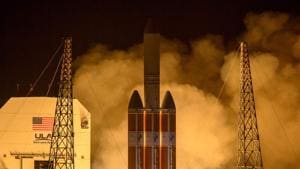
Updated on Oct 30, 2018 11:28 AM IST
Washington | Indo-Asian News Service
Why NASA’s Parker Solar Probe headed for the Sun won’t melt
According to NASA,the key lies in its custom heat shield and an autonomous system that helps protect the mission from the Sun’s intense light emission, but does allow the coronal material to ‘touch’ the spacecraft
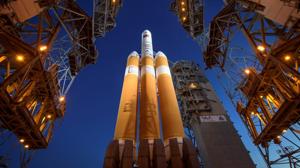
Updated on Aug 13, 2018 12:28 PM IST
Washington | Indo Asian News Service
Nasa’s Parker Solar Probe takes off for tryst with the sun
The probe launched aboard the Delta IV-Heavy rocket will, over the next seven years, come within 6.16 million kms (3.83 mn miles) of the sun, the closest a spacecraft has ever gotten to the star
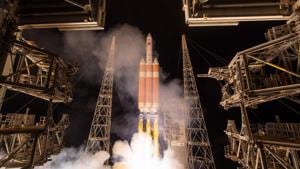
Updated on Aug 12, 2018 08:46 PM IST
Hindustan Times, New Delhi | Malavika Vyawahare
Indian American physicist helped lay foundation for NASA’s mission to ‘touch’ the Sun
Astrophysicist Subrahmanyan Chandrasekhar’s intervention in allowing a research paper on ‘solar winds’ to be published has helped make Dr Eugene Newman Parker the first living scientist after whom a mission has been named.
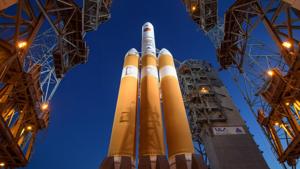
Updated on Aug 12, 2018 03:03 PM IST
New Delhi | Press Trust of India
NASA launches Parker Solar Probe, journey to explore the sun begins
Nasa’s Parker Solar Probe, that costs about $ 1.5 bn has been over five decades in the making, and is unique for bringing a space probe closer to the sun than any man made object.
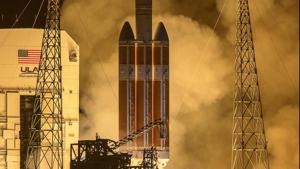
Updated on Aug 12, 2018 01:54 PM IST
Hindustan Times | HT Correspondent
‘Hold, hold, hold’: With just seconds to go, why NASA’s Solar Probe launch was stalled
Rocket maker United Launch Alliance said it would try again Sunday, provided the helium-pressure issue can be resolved quickly
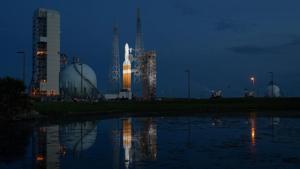
Updated on Aug 11, 2018 05:36 PM IST
Tampa | Agencies
NASA minutes away from launch of first spacecraft to explore Sun
NASA’s car-sized, $1.5 billion Parker Solar Probe is scheduled to launch on a Delta IV Heavy rocket from Cape Canaveral, Florida during a 65-minute launch window.
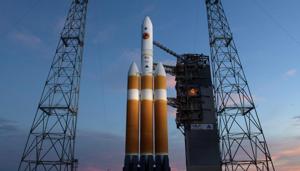
Updated on Aug 11, 2018 01:51 PM IST
Tampa | Agence France-Presse
NASA begins countdown to launch of first spacecraft to ‘touch Sun’
NASA’s Parker Solar Probe will travel through the sun's atmosphere, closer to the surface than any other spacecraft before it.
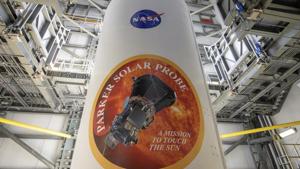
Updated on Aug 11, 2018 08:23 AM IST
Tampa | Agence France-Presse
NASA Solar Probe: Possibilities for discoveries are off the charts, says Kolkata scientist at US space agency
NASA’S Madhulika Guhathakurta speaks to HT about how the mission that will “touch” the sun could revolutionise our understanding of our favourite star.

Updated on Aug 10, 2018 01:52 PM IST
Hindustan Times | Malavika Vyawahare
Set for red-hot voyage to Sun: All you need to know about NASA’s Parker Solar Probe
NASA’s Parker Solar Probe will be the first spacecraft to “touch” the sun
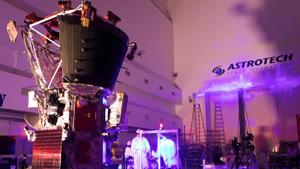
Updated on Aug 10, 2018 01:52 PM IST
World’s first mission to touch the Sun set to launch next week: NASA
NASA’s Parker Solar Probe, targeted to launch on August 11, will perform the closest-ever observations of a star when it travels through the Sun’s outer atmosphere, called the corona.
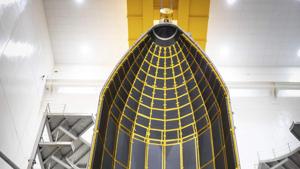
Updated on Aug 10, 2018 01:53 PM IST
Washington | Press Trust of India
NASA set to fly into Sun’s corona within 3.8 million miles from solar surface
Post the planned seven-year mission to probe into the Sun’s corona, NASA hopes that the findings will enable scientists to forecast changes in Earth’s space environment.

Published on Jul 21, 2018 03:05 PM IST
Cape Canaveral (Florida) | Reuters
NASA’s mission to ‘touch’ the Sun will carry more than 1.1 million names
Back in March, NASA invited people around the world to submit their names online to be placed on a microchip aboard its historic Parker Solar Probe.

Updated on May 23, 2018 01:15 PM IST
Indo Asian News Service, Washington | Indo Asian News Service





